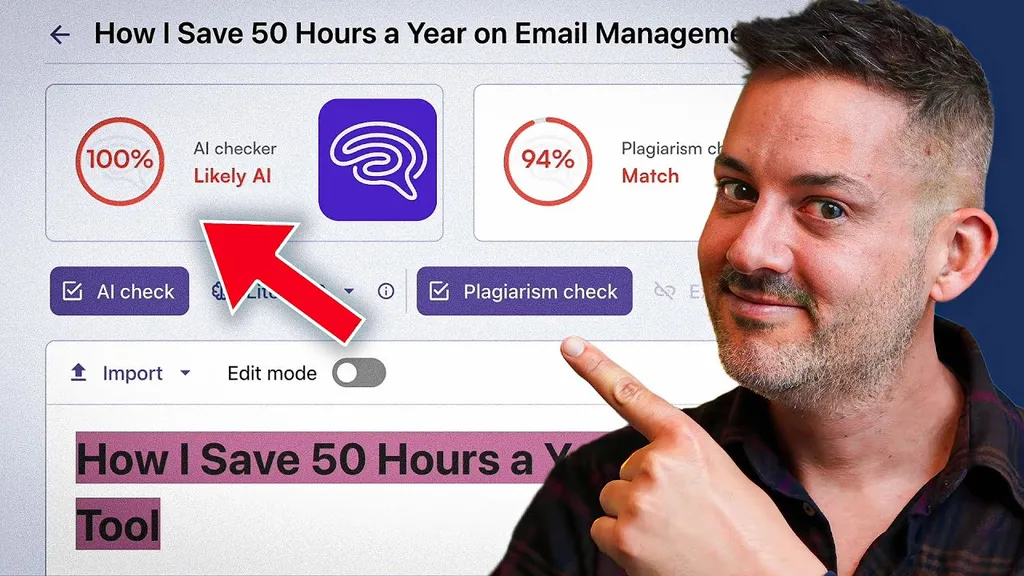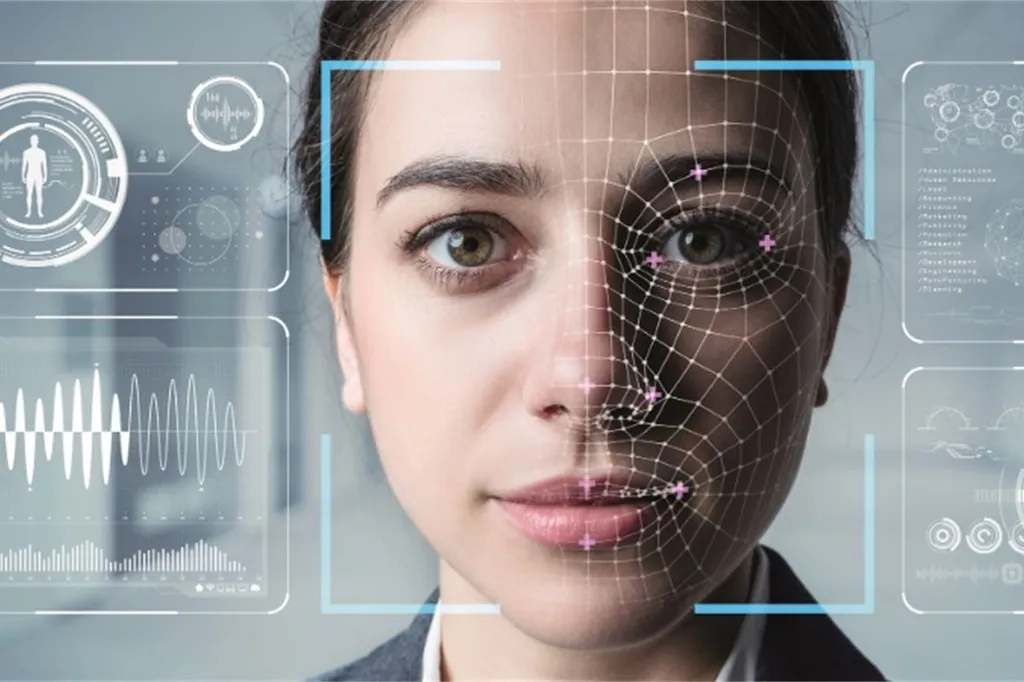Have you ever stared blankly at a “thank you” email, wondering how best to respond? It might seem a small thing, but crafting a thoughtful reply to a thank you email can significantly impact your professional relationships. It reinforces your appreciation, solidifies connections, and leaves a lasting positive impression. So, let’s unlock the secrets to responding with professionalism and grace. Cut reading time in half—our summarizer extracts key points, eliminates fluff, and delivers core ideas instantly. Perfect for research, reports, and quick comprehension.
Why Your “Thank You” Reply Matters
We live in a world of instant communication. Amidst the rapid flow of messages, a personalized response to a “thank you” email stands out. It demonstrates that you value the sender’s gesture, whether it’s an expression of gratitude for your time, assistance, or a gift. Beyond mere politeness, a well-crafted reply strengthens rapport and nurtures professional bonds.
Think about it — someone has taken the time to acknowledge your efforts. Wouldn’t you want to reciprocate their thoughtfulness? Responding promptly shows respect and builds goodwill. It also provides an opportunity to reinforce key takeaways from a meeting, reiterate your commitment to a project, or simply leave the sender with a positive feeling about their interaction with you.
Decoding the Different Types of “Thank You” Emails
Before diving into the specifics of how to reply thank you email professionally, let’s consider the various scenarios you might encounter. The appropriate response will vary depending on the context.
- After an Interview — This requires a prompt and enthusiastic response. You want to reiterate your interest in the position and highlight your qualifications.
- For a Gift or Favor — A sincere and heartfelt expression of gratitude is essential. Focus on the specific gift or favor and how it benefited you.
- For Your Time or Assistance — Acknowledge their appreciation and offer continued support if appropriate.
- Following a Meeting — Briefly recap the key discussion points and reaffirm your commitment to any agreed-upon actions.
- After a Referral — Express immense gratitude and acknowledge the impact of their recommendation.
Essential Elements of a Professional Response
No matter the situation, a few core elements should always be present in your reply. These ingredients will help you learn how to reply thank you emails professionally.
- Acknowledge the Sender’s Gratitude — Begin by directly acknowledging their “thank you.” Phrases like “You’re welcome,” “It was my pleasure,” or “I’m glad I could help” work perfectly.
- Be Prompt — Aim to respond within 24-48 hours, especially for time-sensitive situations like interview follow-ups.
- Personalize Your Response — Avoid generic replies. Refer to something specific mentioned in their email or the situation that prompted their gratitude.
- Reinforce the Relationship — Use the opportunity to reiterate your commitment to the relationship or project.
- Maintain a Professional Tone — Even if you have a friendly rapport with the sender, maintain a professional tone in your writing. Avoid slang or overly casual language.
- Proofread Carefully — Before sending, double-check for any typos or grammatical errors. A polished response reflects attention to detail.
- Offer Further Assistance (If Appropriate) — Depending on the context, consider offering further assistance or expressing your willingness to help in the future.
Crafting the Perfect Reply — Examples and Templates
Let’s look at some examples to illustrate how to reply thank you email professionally in different scenarios —
Example 1 — After an Interview
Subject — Re — Thank you for the Interview – [Your Name]
Dear [Interviewer Name],
Thank you so much for your email. I truly appreciate you taking the time to speak with me yesterday about the [Job Title] position. I enjoyed our conversation and gained a deeper understanding of [Company Name]’s goals for the role.
Our discussion further solidified my interest in this opportunity. I am confident that my skills and experience in [Relevant Skill 1] and [Relevant Skill 2] align perfectly with your requirements.
Thank you again for your consideration. I look forward to hearing from you soon.
Sincerely, [Your Name]
Example 2 — For a Gift or Favor
Subject — Re — Thank you for the [Gift/Favor]
Dear [Sender Name],
Thank you so much for the [Gift/Favor]! It was incredibly thoughtful of you. I really appreciate it.
[Specifically mention how you plan to use the gift or how the favor helped you. Be genuine and enthusiastic.]
I’m so grateful for your kindness and generosity.
Best regards, [Your Name]
Example 3 — For Your Time or Assistance
Subject — Re — Thank you for your help!
Dear [Sender Name],
You’re very welcome! I’m glad I could assist you with [Specific Task].
Please don’t hesitate to reach out if you have any further questions or need additional support.
Best, [Your Name]
Example 4 — Following a Meeting
Subject — Re — Thank you for the meeting
Dear [Sender Name],
Thank you for your email. I also enjoyed our meeting today. It was productive to discuss [Key Discussion Point 1] and [Key Discussion Point 2].
I’m looking forward to moving forward with [Next Steps] and will keep you updated on our progress.
Please let me know if you have any questions in the meantime.
Sincerely, [Your Name]
Common Mistakes to Avoid
While responding to “thank you” emails is relatively straightforward, avoid these common pitfalls —
- Generic Replies — A cookie-cutter response feels impersonal and insincere.
- Excessive Formality — While maintaining a professional tone is crucial, avoid being overly formal or stiff.
- Delayed Responses — Waiting too long to respond can make you seem uninterested or inconsiderate.
- Neglecting to Proofread — Typos and grammatical errors reflect poorly on your attention to detail.
- Over-the-Top Enthusiasm — While expressing gratitude is important, avoid being overly effusive or insincere.
- Failing to Personalize — A personalized response shows that you genuinely appreciate the sender’s gesture.
Final Thoughts
Responding to “thank you” emails with professionalism and grace is a simple yet powerful way to cultivate strong professional relationships. By understanding the different types of “thank you” emails, incorporating essential elements into your replies, and avoiding common mistakes, you can master the art of responding and leave a lasting positive impression. So, the next time you receive a “thank you” email, take a moment to craft a thoughtful and personalized response – it’s an investment that will pay dividends in the long run.


